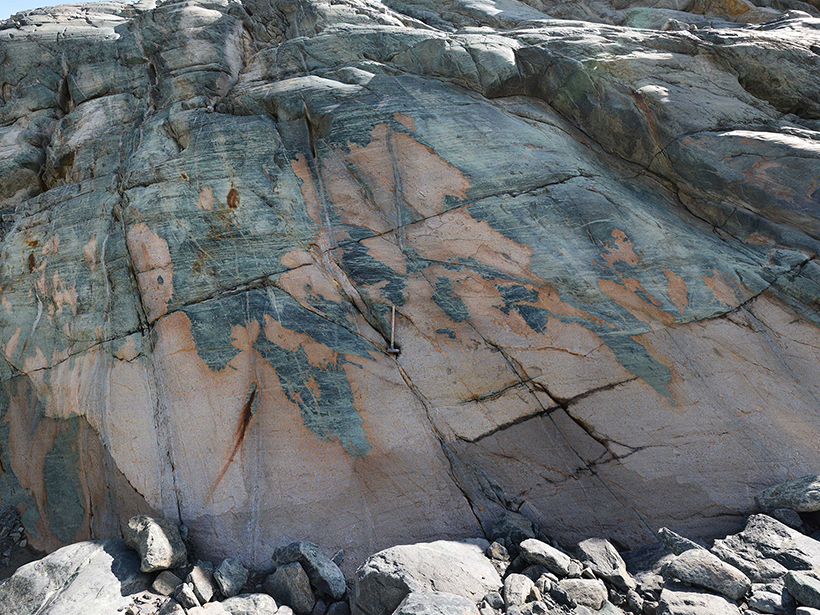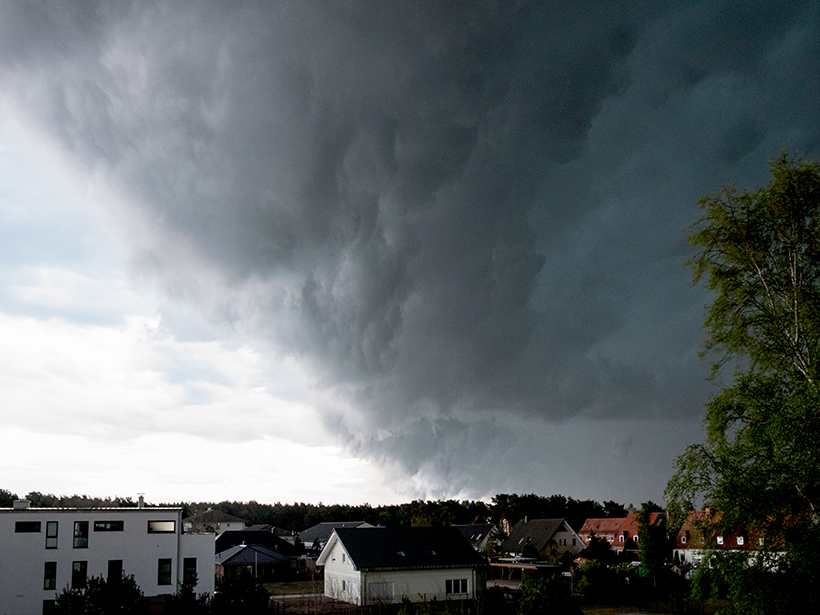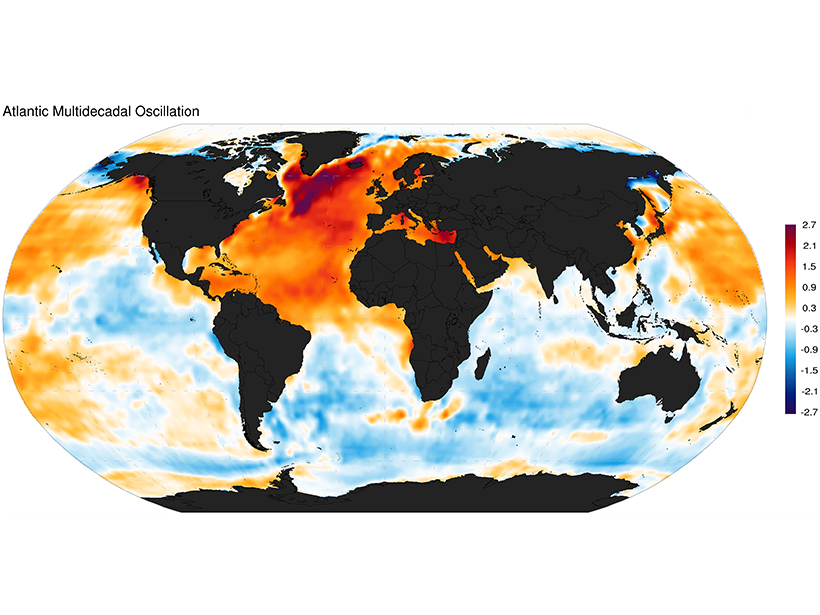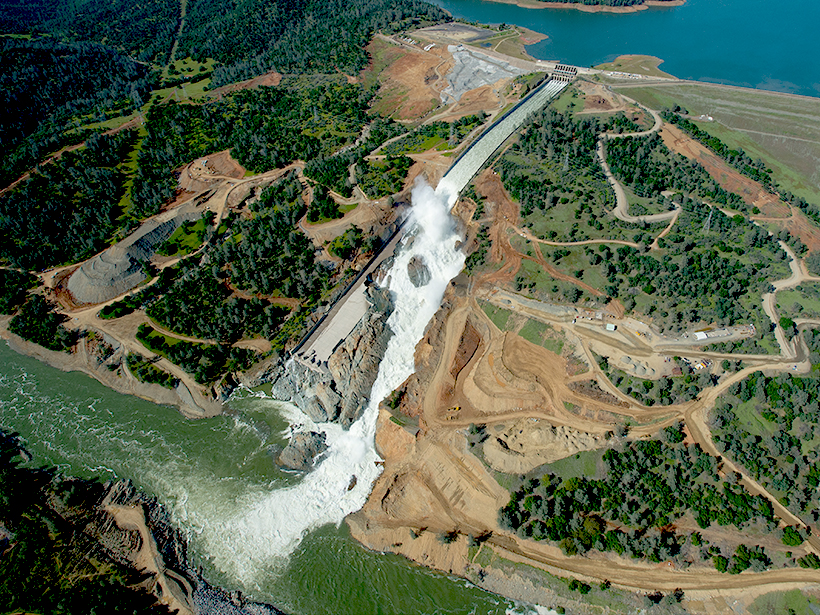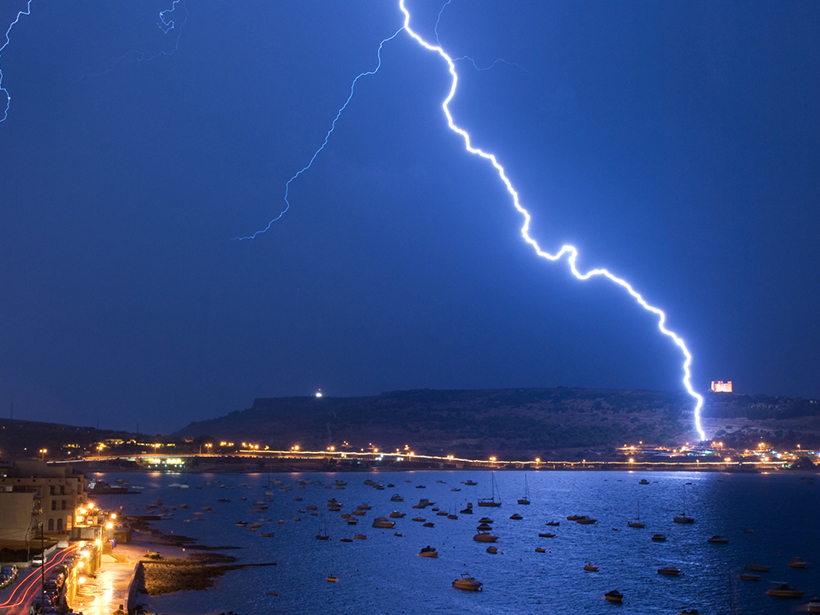Three-dimensional high-performance computer modeling reveals the behavior of fluid transport waves generated by chemical reactions that take place during metamorphism.
Sarah Stanley
Sarah Stanley, a freelance writer for Eos, has a background in environmental microbiology but covers a wide range of science stories for a variety of audiences. She has also written for PLOS, the University of Washington, Kaiser Permanente, Stanford Medicine, Gladstone Institutes, and Cancer Commons, a nonprofit that works with cancer patients.
The Microphysics of Squall Lines
Scientists tracked the distribution of raindrops of different sizes as a row of thunderstorms formed by a cold front developed and intensified over eastern China.
Angles of Plasma Ropes near Mars Point to Different Origins
Variation in the orientation of flux rope features in Mars’s magnetotail suggests that some of them form on the planet’s Sun-facing side and travel to the night side.
Summer Rainfall Patterns in East Asia Shift with the Wind
Decades of data reveal the link between westerly winds and year-to-year changes in monsoon rainfall.
Ocean Dynamics May Drive North Atlantic Temperature Anomalies
A new analysis of sea surface temperature and salinity over several decades seeks to settle the debate on which of two mechanisms underlies the Atlantic Multidecadal Oscillation.
Open-Source Tool Aims to Boost Confidence in Ice Sheet Models
The software could help strengthen ice sheet models to provide a better basis for policy decisions.
California Floods Linked to Atmospheric Water Vapor “Rivers”
Narrow atmospheric streams of water vapor that deliver heavy rains are more commonly associated with floods and debris flows in northern California than with flash floods in southern California.
A New Baseline to Monitor Earth’s Dynamic Surface
Researchers devise a new mathematical approach to combine space- and ground-based observations into an alternative reference frame for monitoring the changing positions of Earth’s features.
Lightning Strikes May Leave Traces Like Those of Meteorites
Scientists have long interpreted shocked quartz as definitive evidence of a past meteorite impact, but the shock wave caused by lightning striking granite also produces this distinctive feature.
Quiet Volcanic Activity Changes Speed of Ambient Seismic Waves
Seismic data collected continuously for 4 years could improve understanding of geological structures that underlie Japan’s Izu Oshima volcanic island.

